10 Strange Childhood Behaviors from the ’60s That Are Unbelievable Now
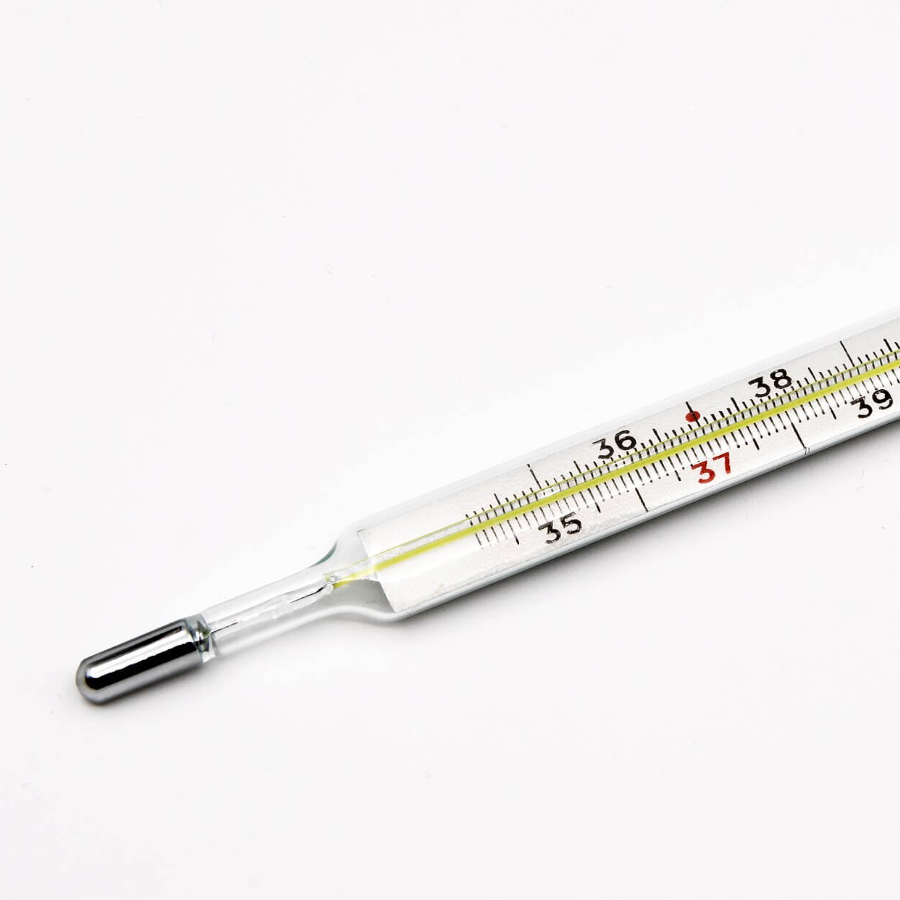
Jacek Halicki, Wikimedia Commons
Aren’t you glad they still don’t use mercury thermometers? The 1960s were a time of dramatic change and cultural revolution. While today’s children are immersed in technology and structured activities, the kids of the ’60s had a vastly different experience. Reflecting on those times, some childhood behaviors seem almost unbelievable by today’s standards. Here are ten strange childhood behaviors from the ’60s that would raise eyebrows now.
1. Playing with Lawn Darts

Mushy, Wikimedia Commons
In the ’60s, lawn darts were a popular outdoor game. These heavy, metal-tipped projectiles were thrown across the yard towards a target. While it was seen as harmless fun back then, today’s parents would be horrified by the obvious safety hazards. Injuries were not uncommon, leading to the eventual banning of lawn darts in many countries. The idea of children playing with such dangerous toys seems absurd now. Modern parents prefer safer, more regulated toys for outdoor fun.
2. Riding Bicycles Without Helmets
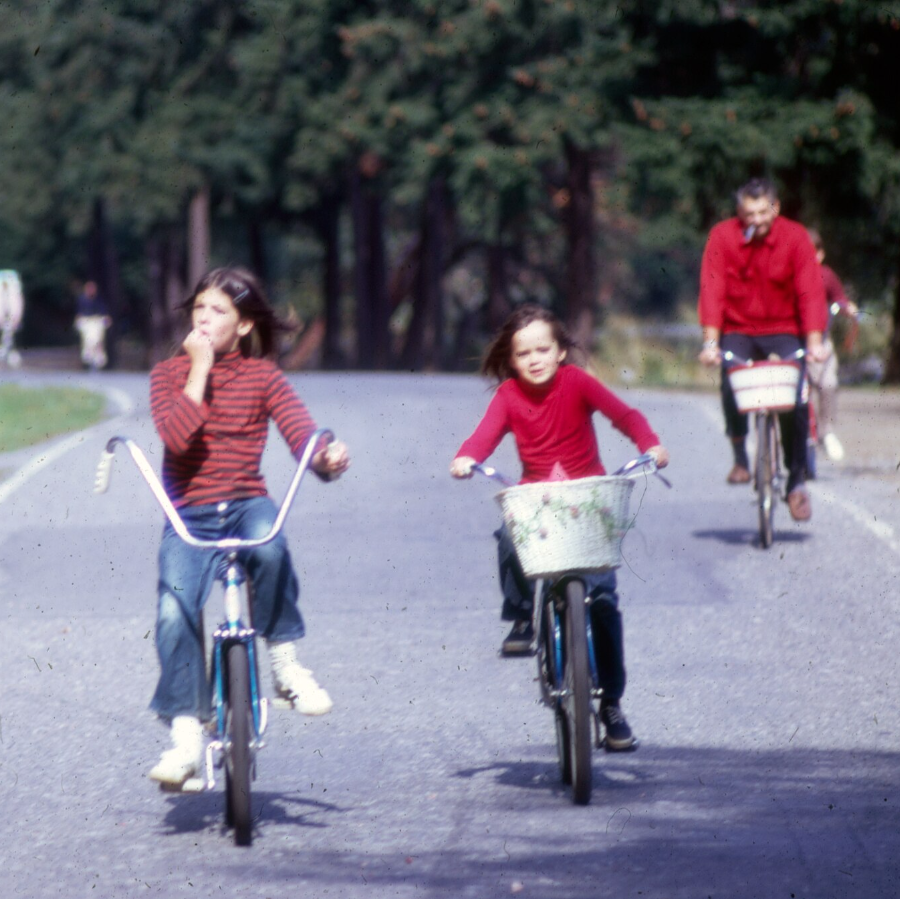
Seattle Municipal Archives, Wikimedia
In the 1960s, helmets were not a standard accessory for young cyclists. Kids rode their bikes everywhere, often without any protective gear. Today, the importance of wearing helmets to prevent head injuries is widely recognized. It’s hard to imagine children now being allowed to ride without one. This shift in safety standards highlights the increased awareness of injury prevention over the years. The image of helmet-less kids zooming down the street feels almost reckless by current standards.
3. Smoking Candy Cigarettes

Craig Pennington, Wikimedia Commons
Candy cigarettes were a common treat for kids in the ’60s. These sugary sticks were designed to mimic real cigarettes, complete with fake smoke. Today, the idea of encouraging children to pretend to smoke is shocking. Modern parents and health advocates are much more aware of the dangers of smoking and its influence on young minds. The existence of such a product now seems both strange and irresponsible. Contemporary candies focus more on fun shapes and flavors without controversial implications.
4. Drinking from Garden Hoses

Nandhp, Wikimedia Commons
Kids in the ’60s frequently quenched their thirst by drinking directly from garden hoses. While this was considered normal, it’s now known that hoses can contain harmful chemicals and bacteria. Today’s parents would be alarmed by the potential health risks. Bottled water or filtered taps are the preferred sources of hydration for modern families. The carefree attitude towards drinking water from any available source feels out of place today. Increased awareness of environmental toxins has greatly influenced this change.
5. Minimal Supervision
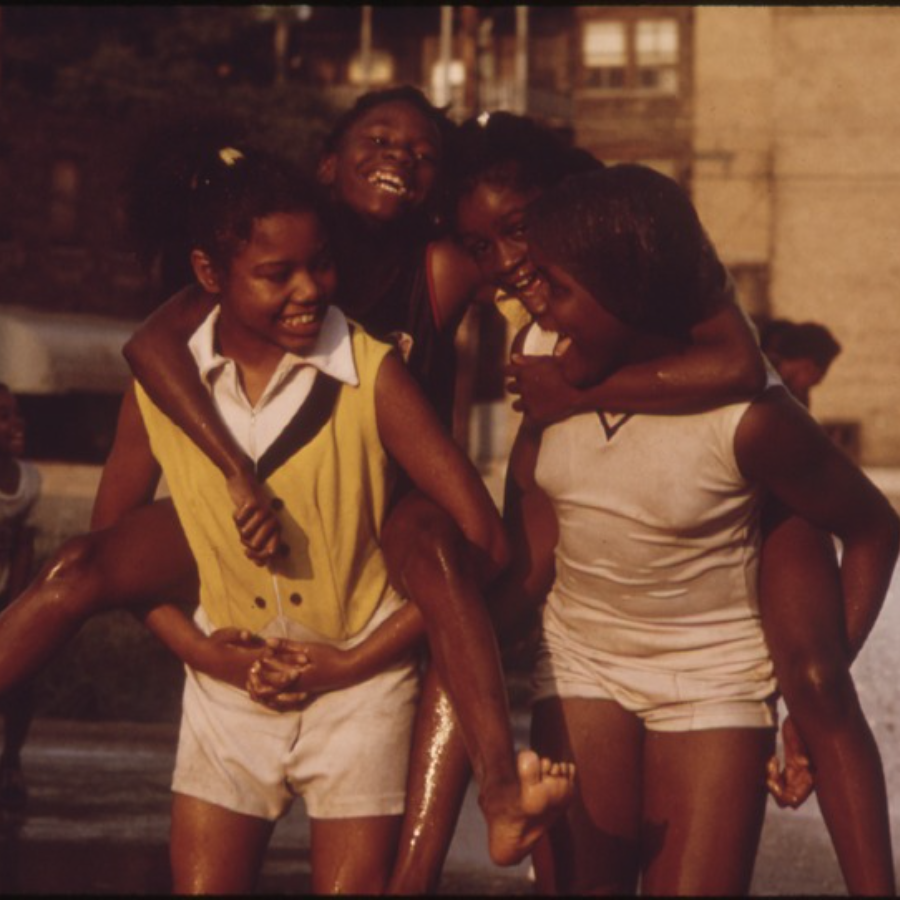
National Archives at College Park, Wikimedia Commons
Children in the ’60s enjoyed a significant amount of freedom, often roaming neighborhoods unsupervised. Parents trusted their kids to be independent and responsible. In contrast, today’s children are rarely left alone, with “helicopter parenting” becoming more common. The idea of allowing young kids to explore without constant adult oversight seems reckless now. Modern parents are more cautious, preferring structured and supervised activities. This change reflects a shift in societal norms regarding child safety.
6. Hitchhiking
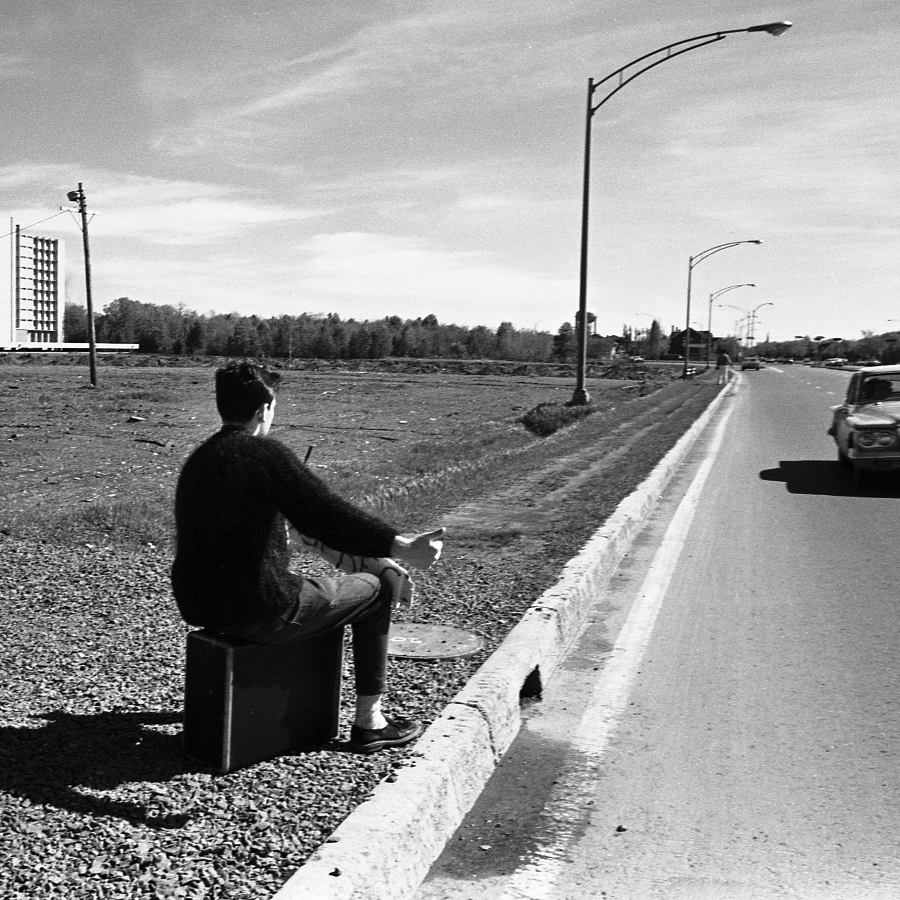
Laval University, Wikimedia Commons
Hitchhiking was a common practice in the ’60s, even among teenagers. It was seen as an adventurous and practical way to travel. Today, the dangers of hitchhiking are well-documented, and it’s strongly discouraged. The risk of harm or abduction makes it an unthinkable option for modern teens. The dramatic shift in attitudes towards hitchhiking underscores a greater awareness of personal safety. This behavior, once considered daring, is now viewed as highly risky.
7. Playing in Abandoned Buildings
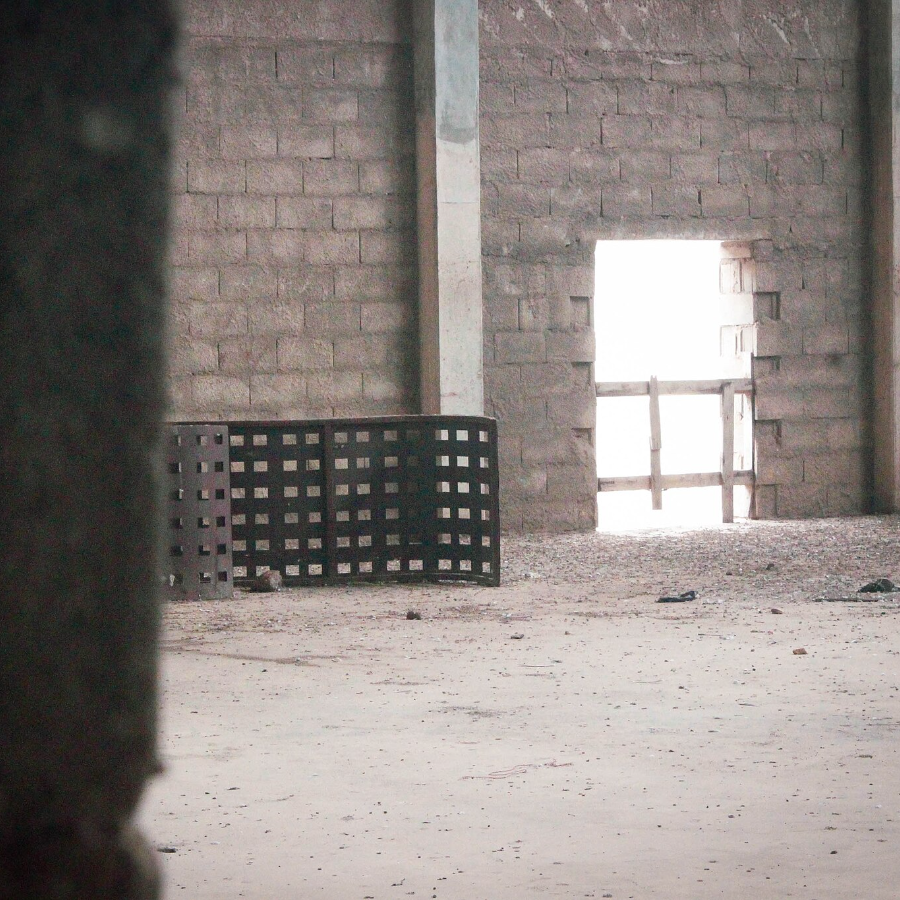
ObongBIG, Wikimedia Commons
Exploring abandoned buildings was a thrilling activity for many ’60s kids. These sites were seen as mysterious playgrounds full of adventure. Nowadays, such behavior is considered extremely dangerous due to structural instability and potential hazards. Modern parents would never permit their children to play in such risky environments. The contrast in perceptions of safety between then and now is striking. Current safety regulations and parental vigilance prevent such risky adventures.
8. Lack of Seat Belts
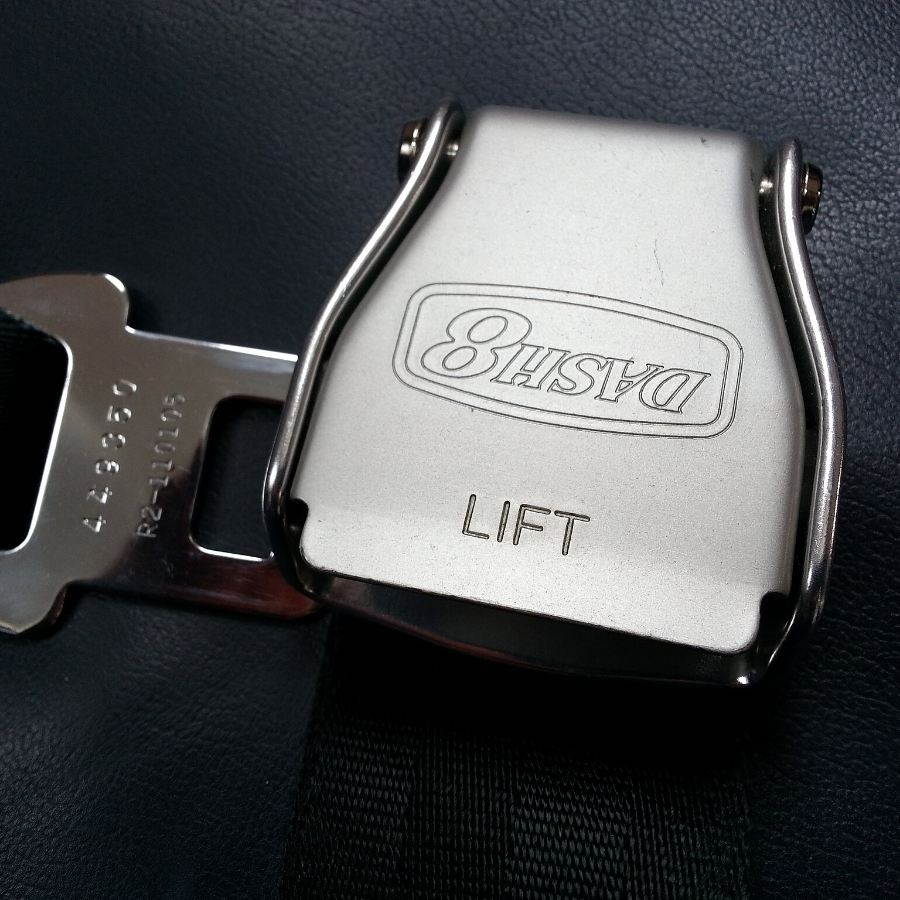
Denis Vermeirre, Wikimedia Commons
In the 1960s, seat belts were not a standard feature in cars, and their use was not strictly enforced. Kids often rode in cars without any restraints, sometimes even in the front seat. Today, the use of car seats and seat belts is mandatory, and strict regulations ensure child passenger safety. The idea of children traveling without proper restraints is almost unthinkable now. This change highlights significant advancements in vehicle safety standards. Modern laws prioritize the protection of young passengers.
9. Unsupervised Fireworks
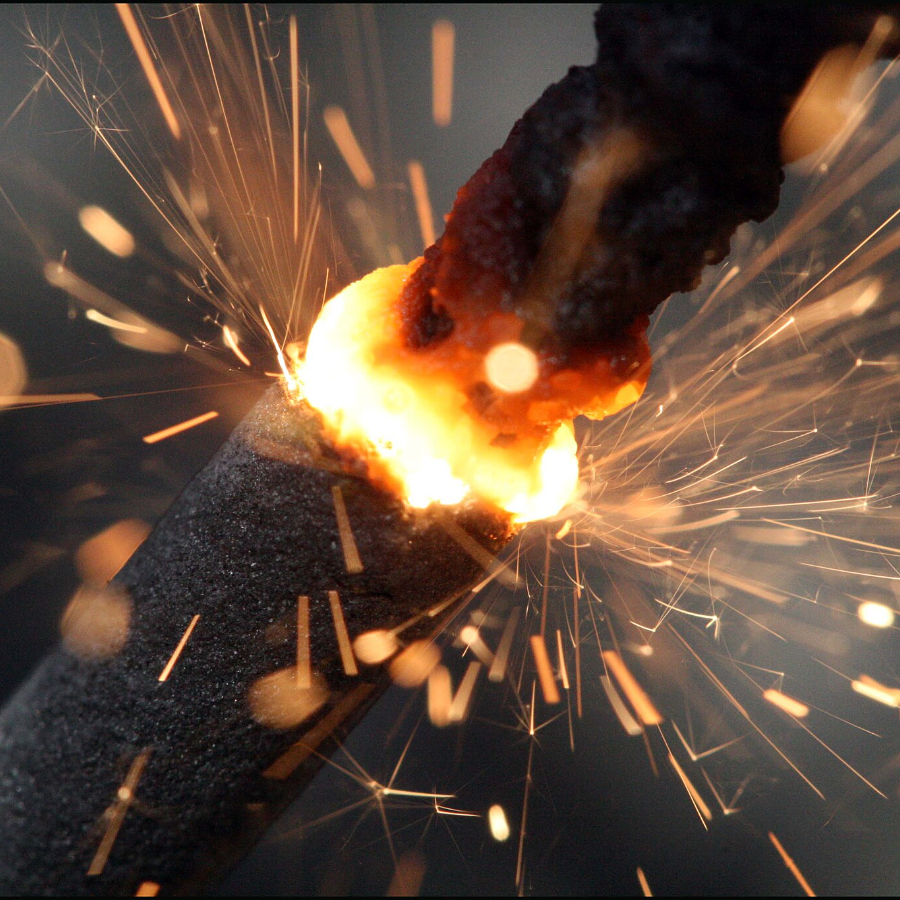
Wikimedia Commons
Setting off fireworks was a common activity for kids in the ’60s, often without adult supervision. Fireworks were readily available, and safety precautions were minimal. Today, fireworks are heavily regulated, and children are usually only allowed to watch adult-supervised displays. The potential for serious injuries makes unsupervised firework use unimaginable now. Modern safety standards and parental caution have drastically reduced such risky behaviors. Public awareness campaigns have also played a role in this shift.
10. Prank Calls
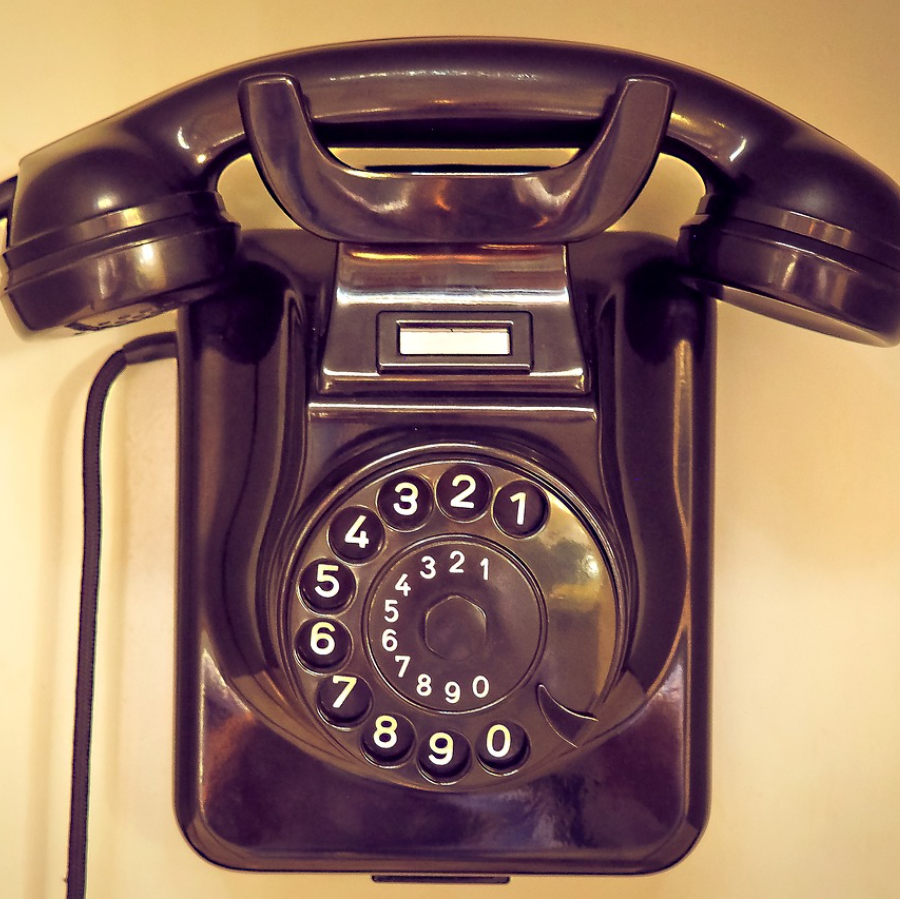
Pixabay
Making prank calls was a popular pastime for kids in the ’60s. With no caller ID, children felt anonymous and often made mischievous calls to strangers. Today, prank calls are less common due to the advent of caller identification and stricter laws regarding harassment. The anonymity that made prank calls fun is no longer available, making this behavior outdated. Modern technology has significantly reduced the occurrence of such pranks. This reflects broader changes in communication and privacy norms.
A World of Change
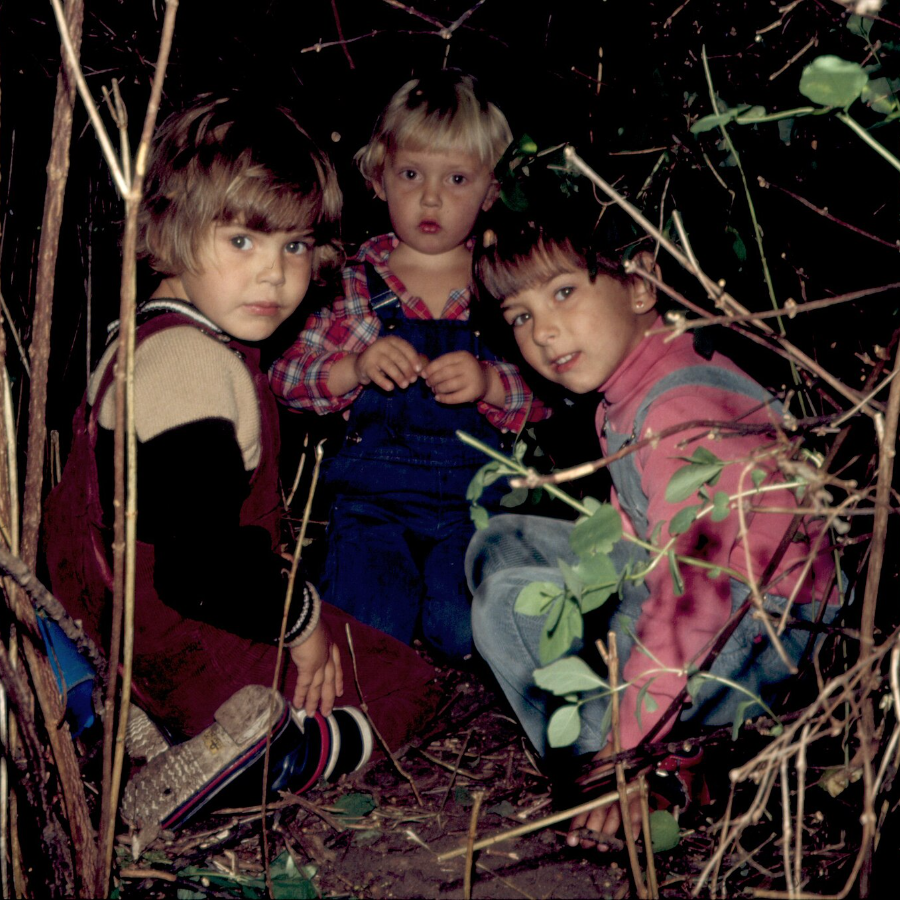
Hanne Kvint, Wikimedia Commons
Reflecting on these strange childhood behaviors from the ’60s, it’s clear how much societal norms and safety standards have evolved. While some of these activities were harmless fun, many would be considered highly risky today. As times change, so do our perceptions of what is safe and acceptable for children.
For more nostalgic insights and fascinating historical comparisons, subscribe to our newsletter and stay connected with our latest articles. Let’s continue to explore the ever-changing landscape of childhood experiences together.

Stephen began his career as a Research Assistant at a reputable middle-market private equity firm, where he honed his skills in market research, financial analysis, and identifying investment opportunities. He then transitioned to full-time financial writing focusing on small-cap biotech innovation and digital payment solutions. Today, Stephen is a value-based retail investor and novice baseball statistician.




